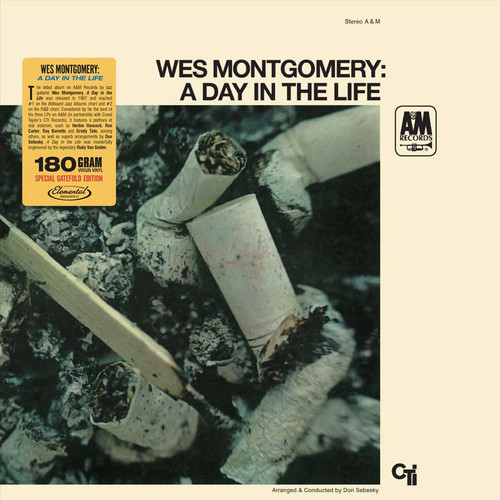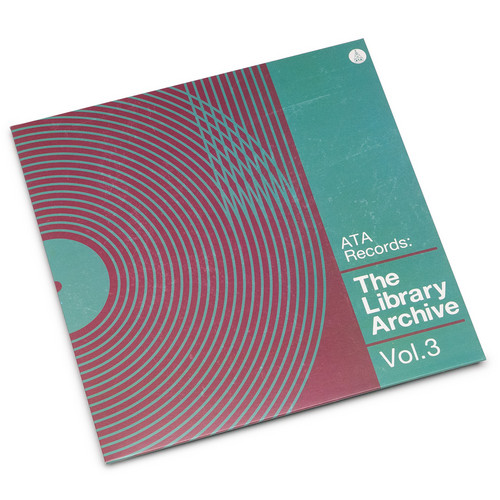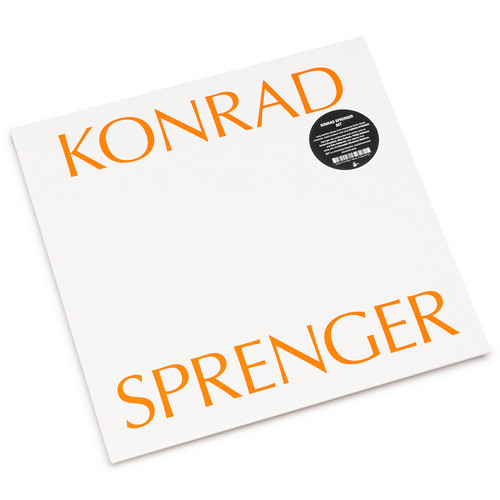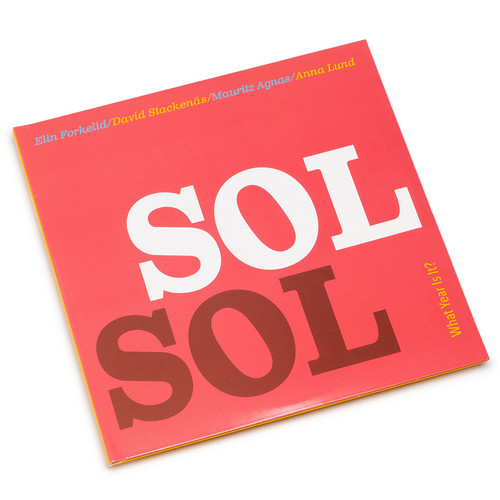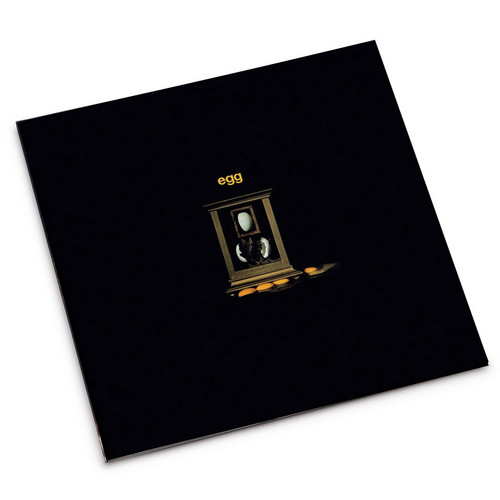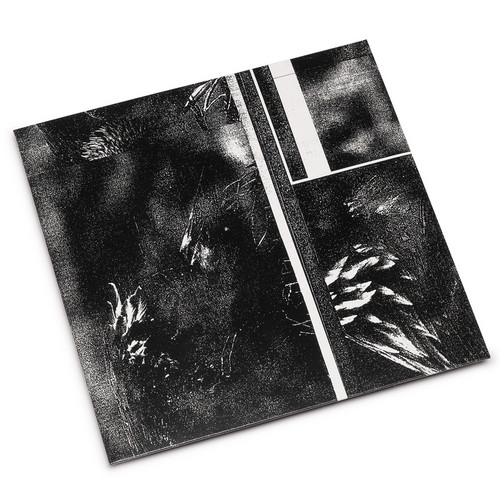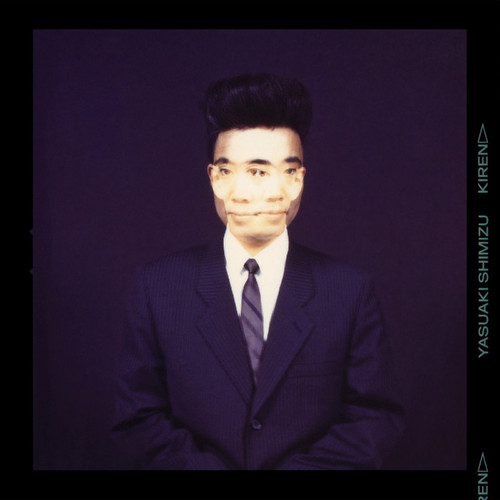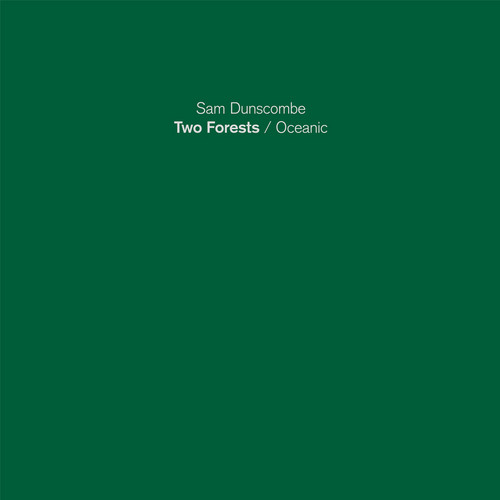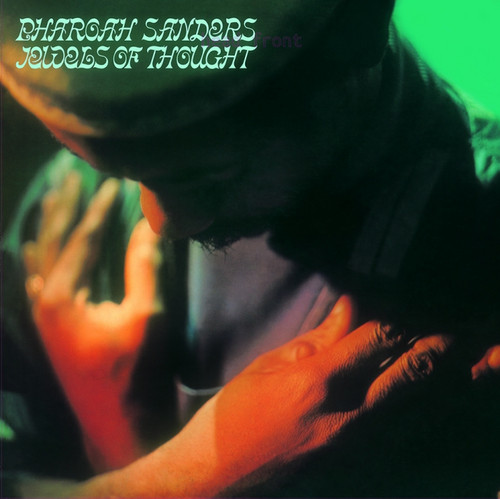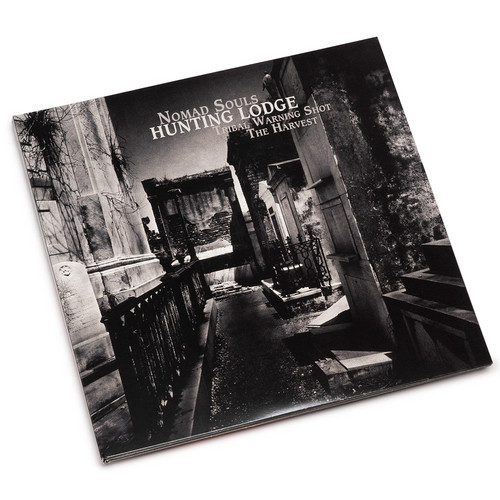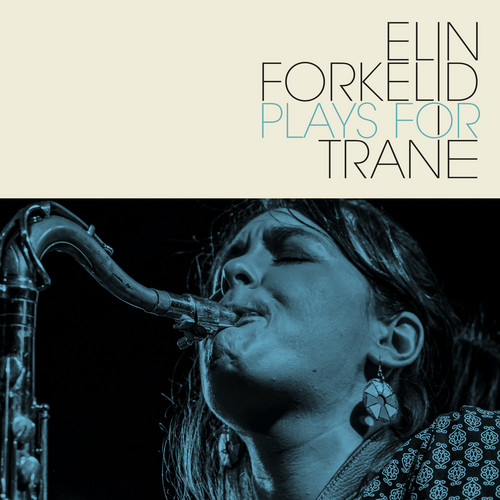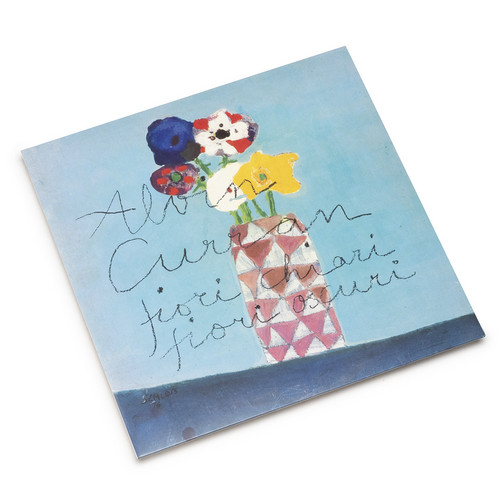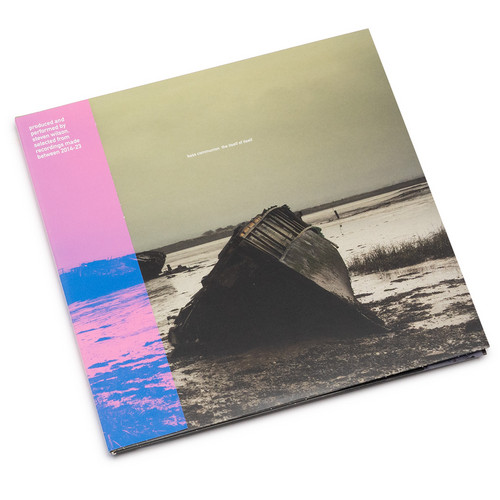Back in stock
A Day In The Life
Limited Edition 180 Gram Gatefold LP Reissue. From the early 1960s to the late '80s, A&M was one of the most eclectic and powerful independent record labels in the world. The roster of artists who recorded there includes The Carpenters, Captain Beefheart, The Police, Joe Cocker, Suzanne Vega, Procol Harum and Janet Jackson, among others. Founded as an independent company by Herb Alpert and Jerry Moss in 1962, soon the label garnered interest and success, and was acquired by PolyGram in 1989. Thr…
The Library Archive Vol. 3
*2025 stock* The funky, atmospheric, evocative and sometimes downright weird output of companies such as DeWolfe, Cavendish, Burton, and the ubiquitous KPM have always been a guiding inspiration for ATA Records, as evidenced in the spooky soundtrack vision of The Sorcerers, the big band brass of The Yorkshire Film & Television Orchestra and even in the soul-jazz of The Lewis Express and Outer Worlds Jazz Ensemble. It only seemed natural for the team at ATA Records to scratch their own library it…
Master Of Bamboo Mouth Organ - Isan, Thailand
Black Truffle is pleased to announce the first LP documenting master khene player Sombat Simla, the label’s first collaboration with Japanese sound artist, field recordist, and researcher Yasuhiro Morinaga. Simla is known in Thailand as one of the greatest living players of the khene, the ancient bamboo mouth organ particularly associated with Laos but found throughout East and Southeast Asia. His virtuosic and endlessly inventive renditions of traditional and popular songs have earned him the t…
Set
Black Truffle is thrilled to begin 2025 with a rare solo release from Konrad Sprenger, alias of elusive Berlin composer-producer-instrument builder Jörg Hiller. A prolific collaborator, Sprenger has worked extensively with icons of American minimalism such as Ellen Fullman (with whom her recorded the gloriously eccentric song album Ort) and Arnold Dreyblatt (as a core member of the Orchestra of Excited Strings since 2009), as well as releasing their music on his impeccably curated label, Choose.…
What Year Is It?
Sail Cabin Records are very proud to release the new album from SOL SOL, titled “What Year Is It?”! It will be available on CD and digital platforms on January 28. (Vinyl edition will be released later this year.) SOL SOL is a Swedish jazz group featuring some of Sweden’s top jazz musicians, playing their highly original music, written by Elin Forkelid and David Stackenäs. This is their second album as a group. (Their first album “Unaccustomed Soil” was released 2019 on Signal and Sound Records.…
Egg
Featuring a line-up of Dave Stewart (organ, piano, tone generator), Mont Campbell (bass, vocals) and Clive Brooks (drums), the band had evolved from the group Uriel who also featured Steve Hillage. By the end of 1968 the group was reduced to a trio with the departure of Hillage to the University of Kent and they became known as Egg.
Egg singed to Decca Records in the summer of 1969 and recorded their wonderful debut album later that year. Originally issued by Decca’s Deram Nova label in January …
Seas of Triple Consciousness
Jordan Deal’s 2022 debut GOGO Underworld (Cor Ardens) hipped us to their multidisciplinary practice which shapeshifts across film, sculpture, sound & performance. Now we are proud to present the next chapter in Jordan’s recorded legacy. Seas of Triple Consciousness was recorded between monasteries & churches in rural France and Jordan’s home in Philadelphia. It takes cues from the gospel, blues and folk traditions as well as avant-garde composition techniques.
Essentially a song-suite centred ar…
Amphibiaibomma
Huge Tip! 200 copies. Mario de Vega engages with sound as a tangible medium to exasperate perception. For over 20 years, de Vega’s work has been exhibited as large scale commissioned interventions leaning towards liminal zones of aurality, ephemeral situations -often displayed as detritus of actions, prints, materials and publications-, sculpture, performative settings, and three-dimensional formats.
A M P H I B I A I B I H P M A (Amphibiaibomma) is a studio work composed between 2020 and 2024.…
Kiren
*2025 much needed repress!* Acclaimed saxophonist, producer and composer Yasuaki Shimizu will release Kiren, his unreleased album from 1984, on the Palto Flats record label on February 25, 2022. Liner notes by music historian Chee Shimizu, and credits in both Japanese and English.
By the early 1980s Yasuaki Shimizu had established himself on the Japanese new wave scene, producing many important experimental pop records and releasing several albums as the bandleader of Mariah. Following the relea…
Down On Darkened Meetings
Following on from the psychoacoustic concrète of Outside Ludlow/Desert Disco LP (BT 075LP, 2021), Sam Dunscombe returns to Black Truffle with Two Forests/Oceanic. Dunscombe has been active in recent years on multiple fronts, including as a key member of the Berlin community of Just Intonation researchers and practitioners; working with composers like Taku Sugimoto, Mary Jane Leach, and Anthony Pateras; and the release of Horatiu Radulescu - Plasmatic Music Vol. 1 (the result of many years perfor…
Jewels of Thought
The compositional minimalism of Jewels of Thought is a major thread through Sanders albums of this period, setting up a sparse canvas for colorful tenor saxophone meditations. In one instance Sanders' playing may be soft, beckoning and glad, while elsewhere his saxophone becomes a crazed, outraged beast unleashing its fury on the world. Regardless of which way these compositions lead, listeners are made to feel more like sonic travelers than mere consumers.
Ghost Meditation
*60 copies limited edition* “The ghost it is, who has come into possession of the Tao, reigns over gods and demons, and gives birth to heavens and earth. It kills the undying, and breathes life into the unborn. The sounds it creates, there is nothing it cannot still, nothing it cannot heave, nothing it cannot destroy, and nothing it cannot make.” In Chinese, “big ghost” is a phrase sometimes used to convey a sense of utter out-of-placeness. If you see a big ghost, you find someone who walks the …
Nomad Souls
*Limited edition* 40 Years ago Hunting Lodge was nearing the peak of its fertile 'tribal' period. In celebration of this anniversary we are releasing a book-style 3LP set including Nomad Souls, 'Tribal Warning Shot' (expanded) and The Harvest (live/expanded). All of the included tracks have been lovingly remastered from the original reels and cassettes, restored by Grant Richardson and mastered for vinyl by Sion Orgon.
The Nomad Souls LP was originally released in the autumn of 1984 on S/M Opera…
Permission To Leave The Temple
*In process of stocking* The idea of a release by the founder of The Legendary Pink Dots on Lumberton Trading Company had been mooted for a number of years. In fact, we were close to issuing a 7" around 11 or 12 years ago, but this fell through due to the usual problems facing small labels. The idea of still doing something with this prolific stalwart of music cut from those many folds where avant-garde abstraction locks horns with molten psychedelia, kosmische sounds, electronica and an approac…
Plays For Trane
2025 stock We’re very happy to announce that the record Elin Forkelid Plays For Trane is released on Sail Cabin Records on September 18, available on CD, 2 LP Vinyl (180g) and all major digital platforms. The record features Elin’s own personal take on the music of John Coltrane and features some of Sweden’s greatest jazz musicians.
Elin Forkelid, saxophones / David Stackenäs, guitar / Mattias Ståhl, vibraphone / Ville Bromander, bass / Jon Fält, drums
Fiori Chiari, Fiori Oscuri
Black Truffle’s first ever vinyl reissue of Alvin Curran’s seminal 1978 LP, "Fiori Chiari, Fiori Oscuri" - issued in a beautiful edition immaculately reproducing the original - is a truly historic event. Among the composer’s most famous and sought-after releases that has remained out of print for decades, it is a masterstroke of pulsing minimalism, glacial ambience, musique concrète, and forthright experimentalism. Absolutely stunning and still managing to turn experimental music on its head mor…
Electronic Minimal Music 1979-83
Super Tip! 3LP Set. The rediscovery of J D Emmanuel by critics and audience in the early 2010s and Emmanuel's comeback to the underground scene were crucial in reweaving the development of electronic music in the early '80s. This deluxe three-LP set casts new light on Emmanuel's first activity of composing and performing electronic music in 1979-'83, collecting experiments never before released on vinyl, some of which are previously unreleased in any form. Certainly seminal minimal works such as…
Un Giorno in una Piazza + Il Cerchio degli Antichi
Special bundle. In the late 70’s the Italian music scene recorded a renewed interest in a sound research involved to a stimulating fusion of popular elements, jazz improvisation and suggestions of the middle-oriental classical heritage. Starting from the experience of Aktuala the idea of a common "Mediterranean air", that could compare and harmonize rhythms and timbres of various regions, enlivened a large number of musicians. In this context, it also placed the short history of Zeit and of his …
The Itself Of Itself
Huge Tip! *Limited edition of 400 copies.* Since 1983, Justin K. Broadrick (Godflesh, Jesu, Council Estate Electronics, The Sidewinder, etc.) has been producing largely solo, but sometimes collaborative, work under the Final moniker. Beginning as a more obviously power electronics-inspired project it has during the past two decades or so evolved into one which still retains that sonic intensity but has a more expansive sound. 'I Am the Dirt Under Your Fingernails' is the latest album, closely fo…
Issue 117: Suzanne Ciani (Magazine + 7'', Red)
This month's Electronic Sound cover star is the supremely talented Suzanne Ciani, and we have an awesome red vinyl seven-inch by the American modular virtuoso to supplement the issue. Suzanne Ciani's long and intense connection with modular synthesis started after meeting Don Buchla in the late 1960s. She soon became obsessed with the Buchla 100 and 200 systems, taking a particular interest in how the voltage-controlled quadrophonic capabilities enabled her to move sounds around a room. More tha…
